MOA Museum of Art Natural Garden
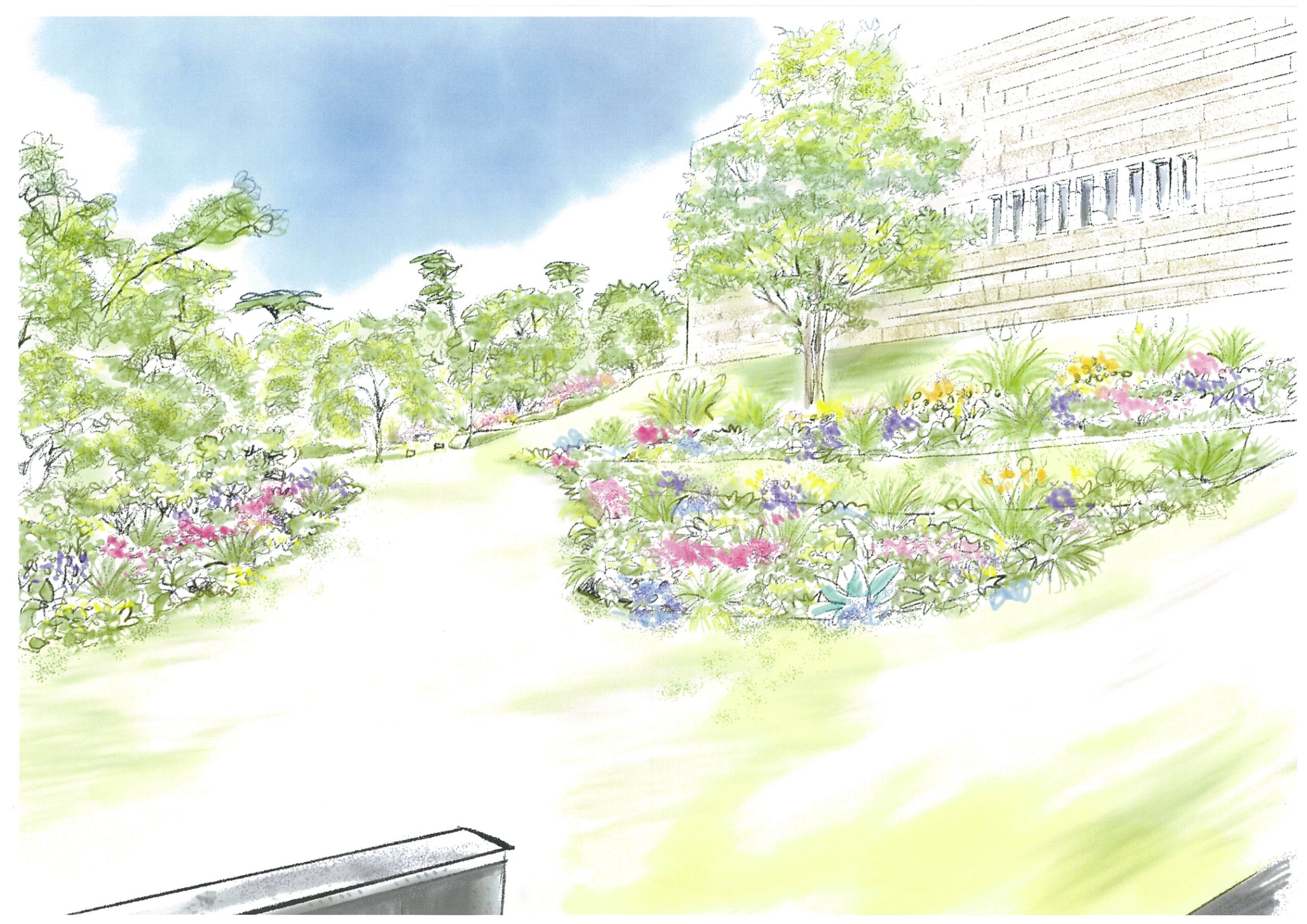
Concept
The MOA Museum of Art’s Natural Garden is being developed on the vast lawn slopes of Moore Square, beginning in 2024, under the design and supervision of landscape designer Paul Smither.
Facing the deep blue sea and expansive sky, the museum’s grand scale is echoed in a series of large, island-shaped flower beds. Visitors can take leisurely strolls along grassy paths and enjoy the garden’s seasonal changes at their own pace.
Japan is one of the most botanically rich countries in the world. Blessed with a mild climate, Atami provides an especially gentle environment for plants, allowing a wide range of species to thrive. The surrounding area includes Izusan Shrine and dense forests, home to many species of wild birds.
In this Natural Garden, visitors can enjoy not only the seasonal beauty and harmony of the diverse plants but also the vibrant lives of the insects, butterflies, and birds that inhabit this ecosystem. The garden is managed with no pesticides or chemical fertilizers, ensuring safety for both people and the environment.
Its maintenance follows the example of the forest, always mindful of natural cycles. Fallen leaves and pruned branches are composted, rainwater is absorbed within the grounds, and the soil is never tilled. This approach preserves a rich soil environment that allows plants to grow strong and freely. Walking through the garden refreshes both mind and body—a benefit that comes from the vitality of the soil and plants themselves.
Fruit trees such as lemons, figs, date palms, pawpaws, and feijoas are also planted in the garden. Fruits nurtured in such fertile soil are safe to eat and rich in both flavor and nutrients.
By observing wild grasses and swaying seed heads in the breeze, visitors may feel a deeper connection to magnificent artworks such as Ogata Kōrin’s “Autumn Grasses Screens.” Conversely, the inspiration drawn from the Natural Garden’s plants may one day give rise to new and wonderful works of art.
We warmly invite you to visit the MOA Museum again and again to witness the evolving beauty of this Natural Garden.
About Paul Smither

Paul Smither Landscape Designer / Horticulturist
Born in Berkshire, England in 1970. Fascinated by Japanese plants, he first came to Japan at the age of 19.
In 1997, he founded Garden Rooms Co., Ltd., engaging in the design, construction, and maintenance of private gardens, parks, and large-scale landscapes, as well as providing consulting and teaching on environmental design. He advocates for a “Natural Garden” approach—gardening aligned with the laws of nature, gentle to both people and ecosystems. His theme is creating “gardens that echo with the rhythm of nature,” where a rich diversity of living creatures coexist in balance.
Publications:
- Paul Smither’s Natural Garden, Creating Seasons in the City, Glad It’s Shady! (Takarajimasha),
- Natural Gardening, Paul Smither’s Gardening with a Future (Shufu to Seikatsusha),
- Natural Style Gardening, Pruning Handbook (Kodansha),
- Mr.Gem,Returns to His Home Town, Natural Garden Walk – Spring to Early Summer / Summer to Early Autumn (Garden Rooms), and more.
Media appearances:
- BS Fuji “Paul Smither’s Four Seasons of Garden Life”,
- NHK “The Professionals” ‘Treasures Lie at Your Feet’
Representative gardens open to the public: Natural Gardens MOEGI (Yamanashi Prefecture), Furusato Shakunouchi Park (Shimane Prefecture), Tottori Hareyaka Garden (Tottori Prefecture), Picturesque Garden (Nagano Prefecture), among others.
Highlights of the Garden
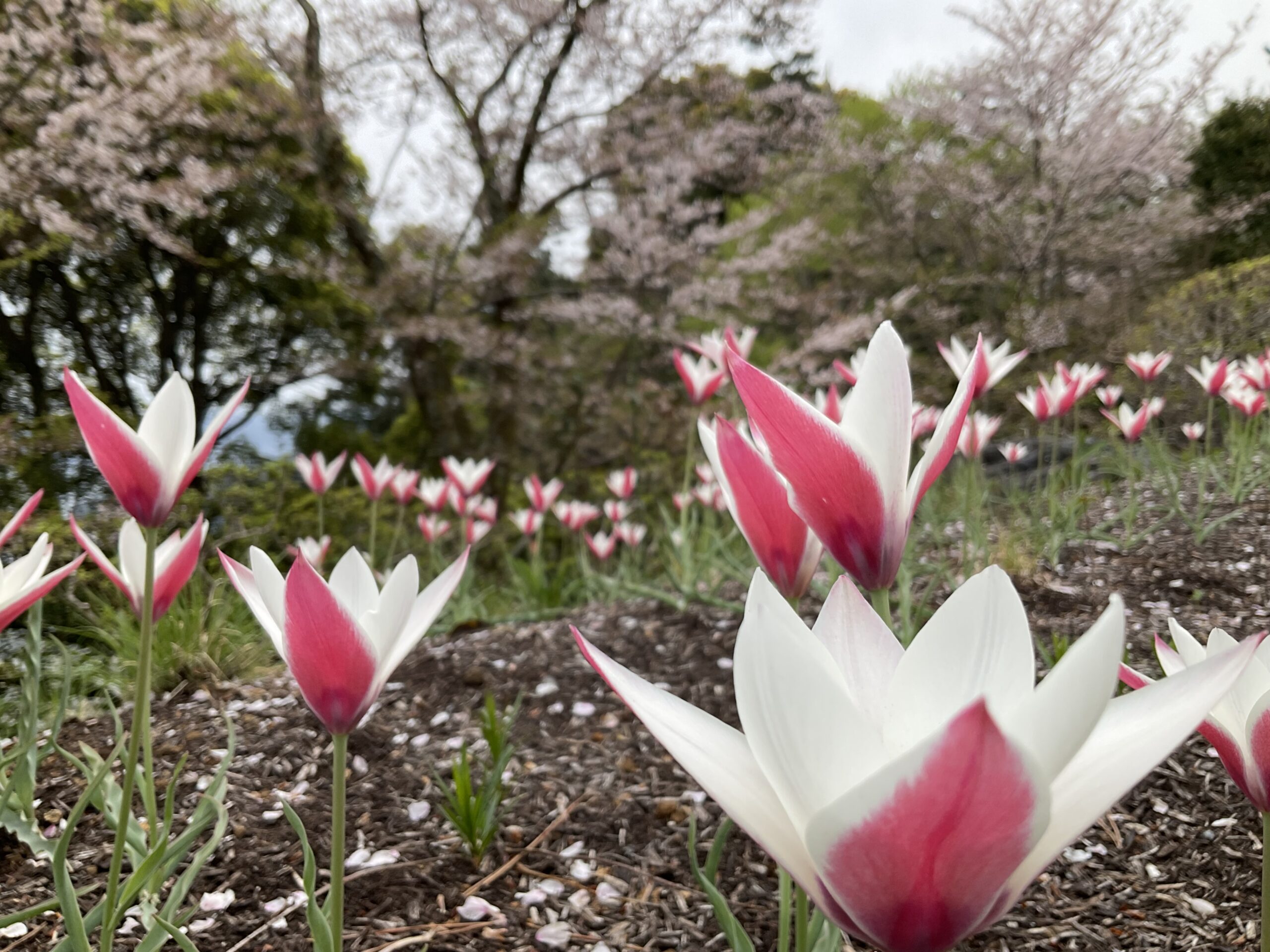
Spring
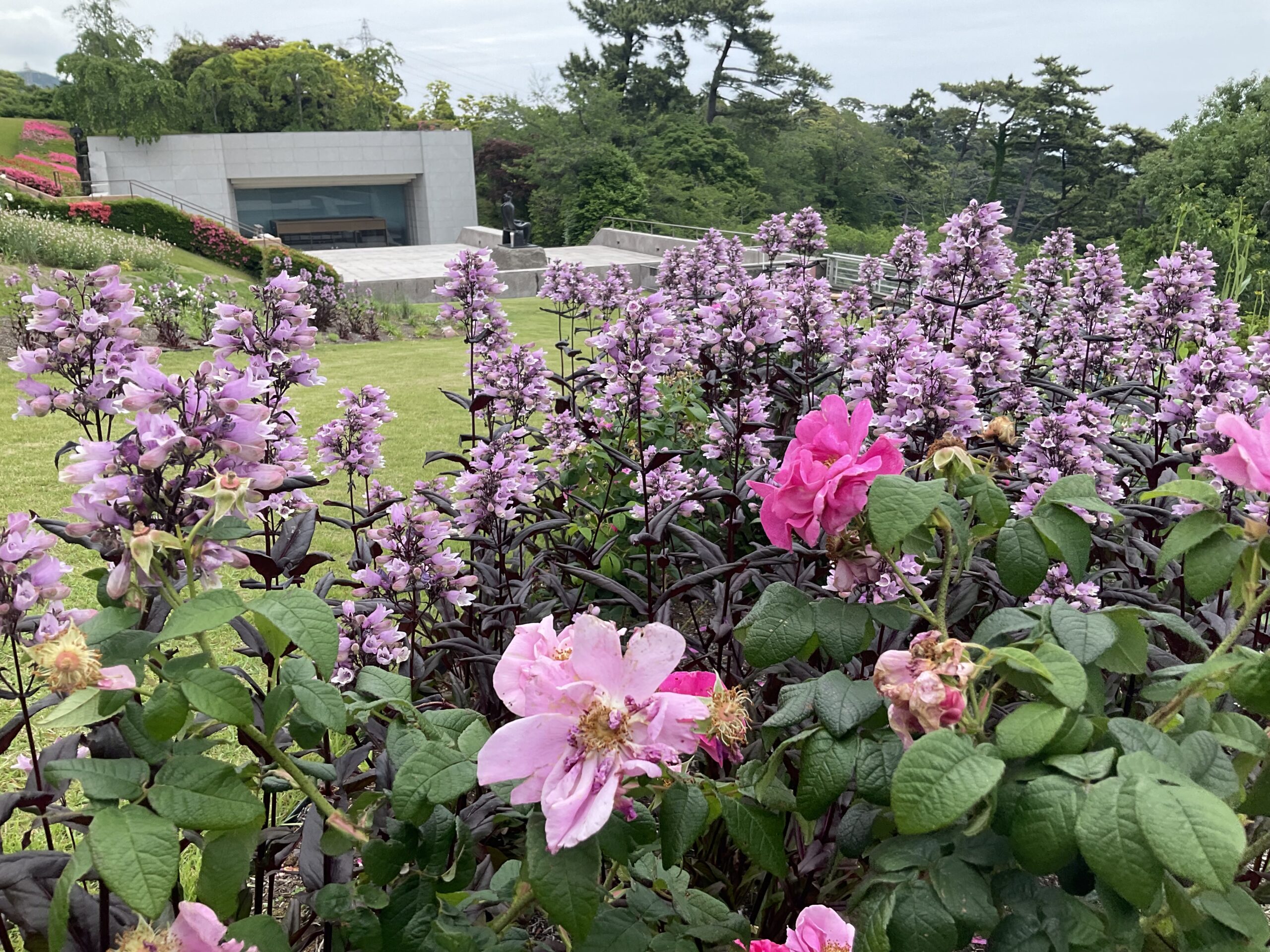
Summer
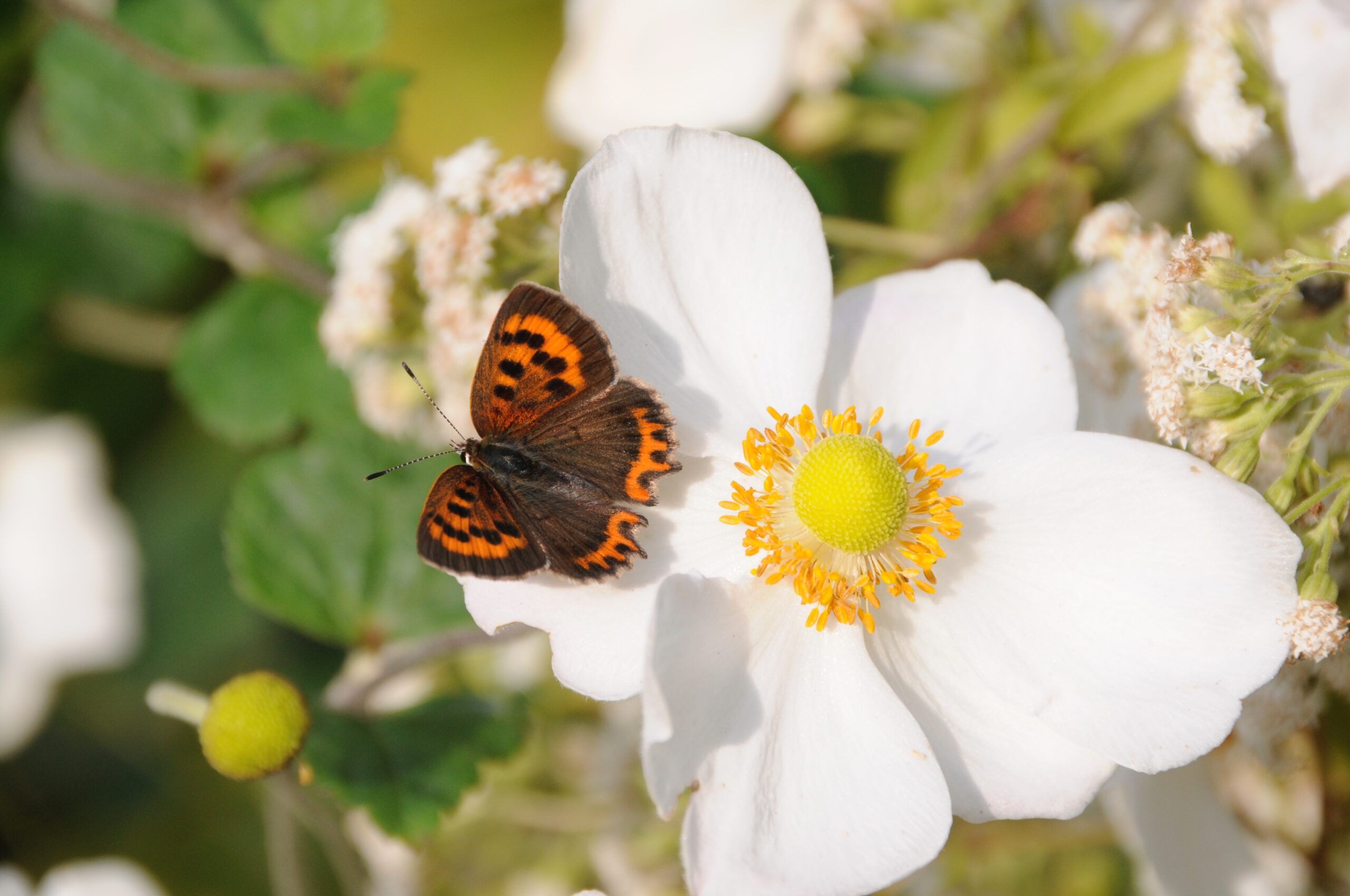
Autumn
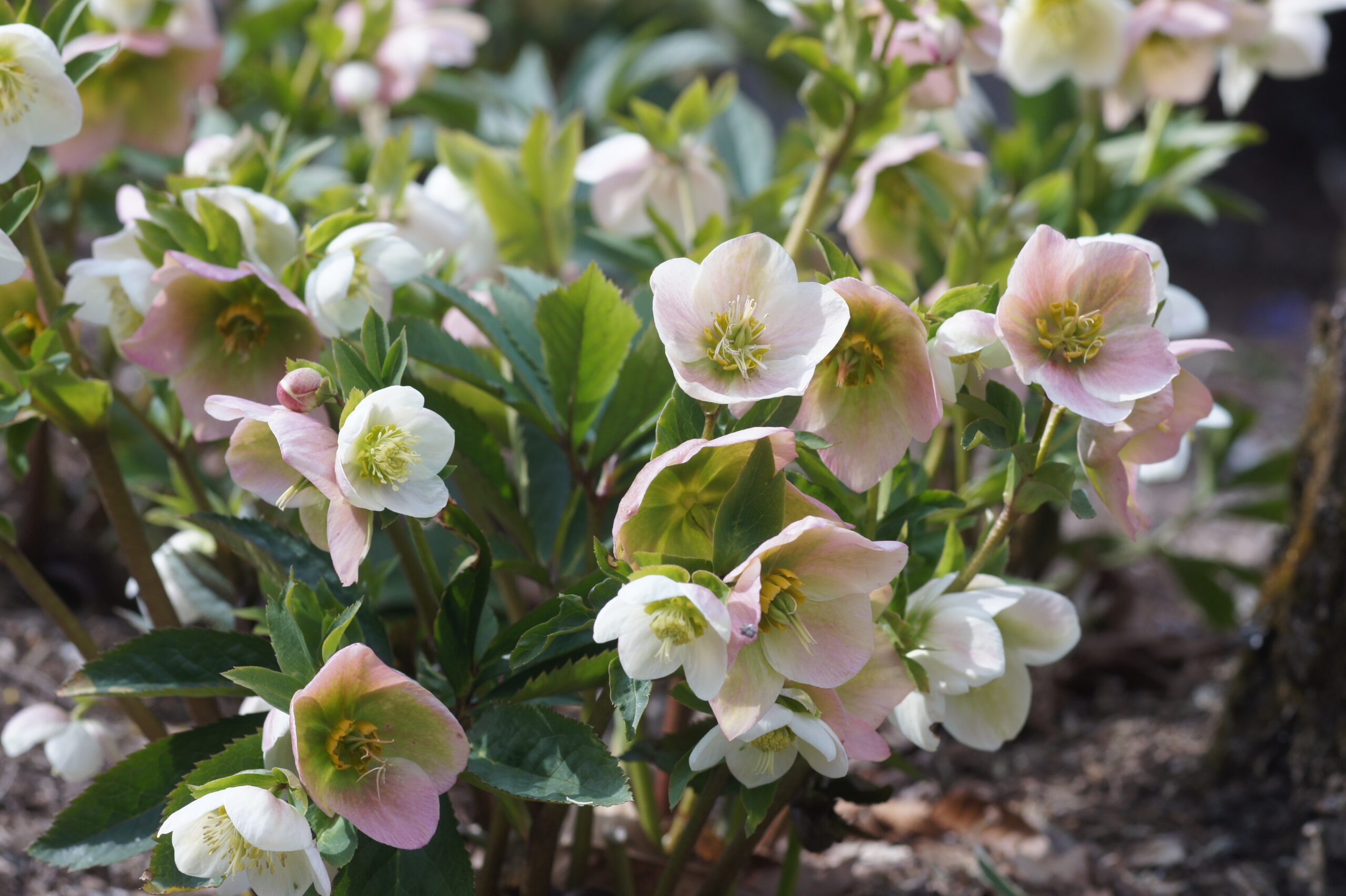
Winter